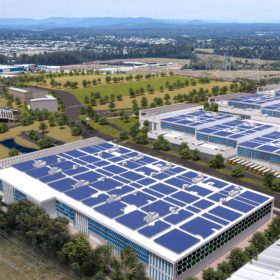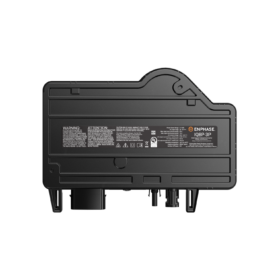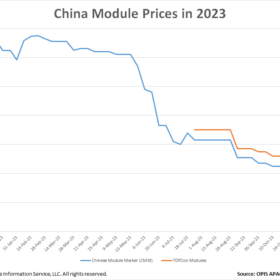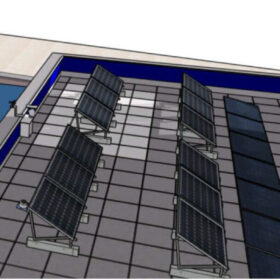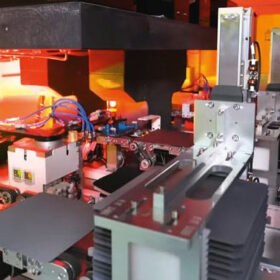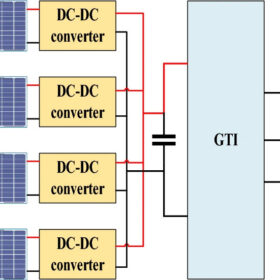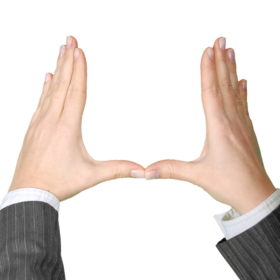Northvolt unveils 160 Wh/kg sodium-ion battery
Swedish battery maker Northvolt has developed its first sodium-ion battery. The cell has been validated for an energy density of more than 160 Wh/kg and is designed for energy storage applications.
Superfund commits $1 billion to developer involved in green data centres
Superannuation fund Rest has announced it will invest $1 billion (655 million) into Australian-owned renewable energy investor and developer, Quinbrook Infrastructure Partners. The fund has a particular eye to green data storage centres.
Enphase introduces commercial-scale microinverter
Enphase’s new IQ8-3P solar microinverter offers peak power output of up to 480 W.
China module prices hit new record lows, operating rates estimated around 60%
In a new weekly update for pv magazine, OPIS, a Dow Jones company, provides a quick look at the main price trends in the global PV industry.
Watch: Robots install solar project in Arizona desert
In its first commercial project, United States-based solar technology company Terabase Energy has successfully installed 17 MW of a 225 MW solar facility with its automated Terafab platform.
‘Cool roofs’ increase power yield in bifacial rooftop PV systems
A Spanish-Algerian research group has tested how “cool roofs” could help increase power yield in rooftop bifacial PV systems. Cool roofs are based on coating materials with high reflectance properties.
Weekend read: the overproduction conundrum
Manufacturing capacity has been ramping up so quickly that even impressive installation growth cannot keep pace. Molly Morgan, senior research analyst at UK-based research firm Exawatt, explores the relationship between PV supply and demand and assesses the likelihood of overproduction.
New MPPT approach for multi-string PV systems under partial shading
Egyptian researchers has developed a multi-string PV system with a converter control strategy, achieving 99.81% efficiency with a direct duty cycle for maximum power point tracking (MPPT).
Message framing techniques to boost solar sales
A Dutch-German research team has tested how a series of framed messages may be used to boost PV system sales, addressing both self-interest and environmental concerns, and has found that all the proposed messages are effective at promoting the purchase of solar panel installations.
Plug Power shares collapse
Plug Power has issued a warning about its 2023 financial performance due to supply challenges in North America, while Air Products says it is cementing its collaboration with Chengzhi in China.

